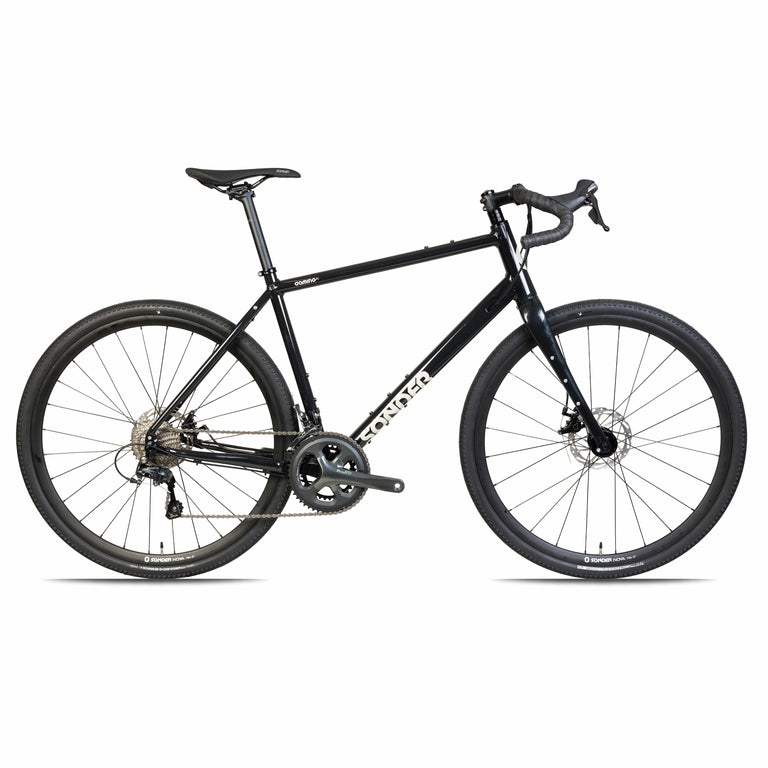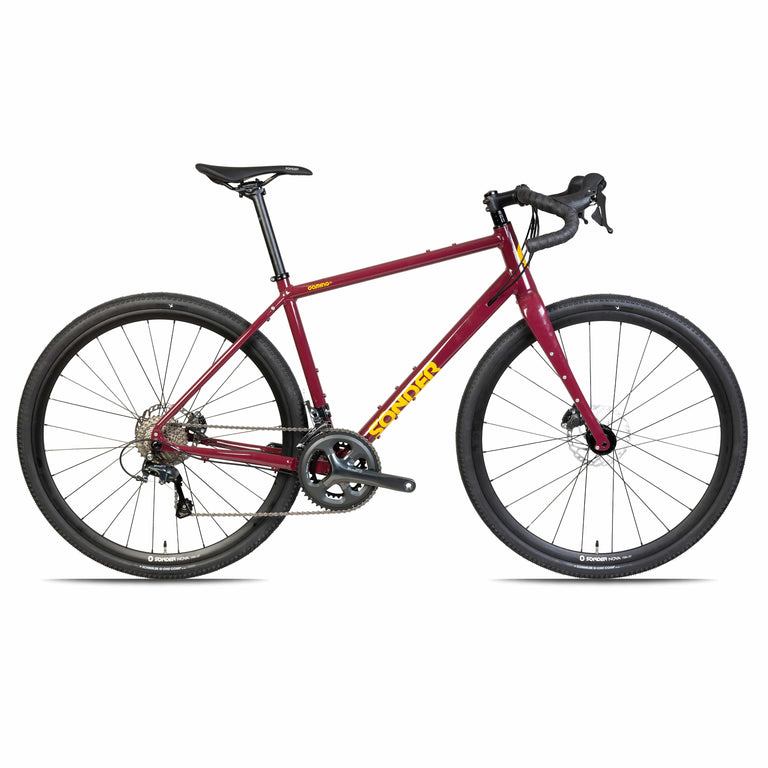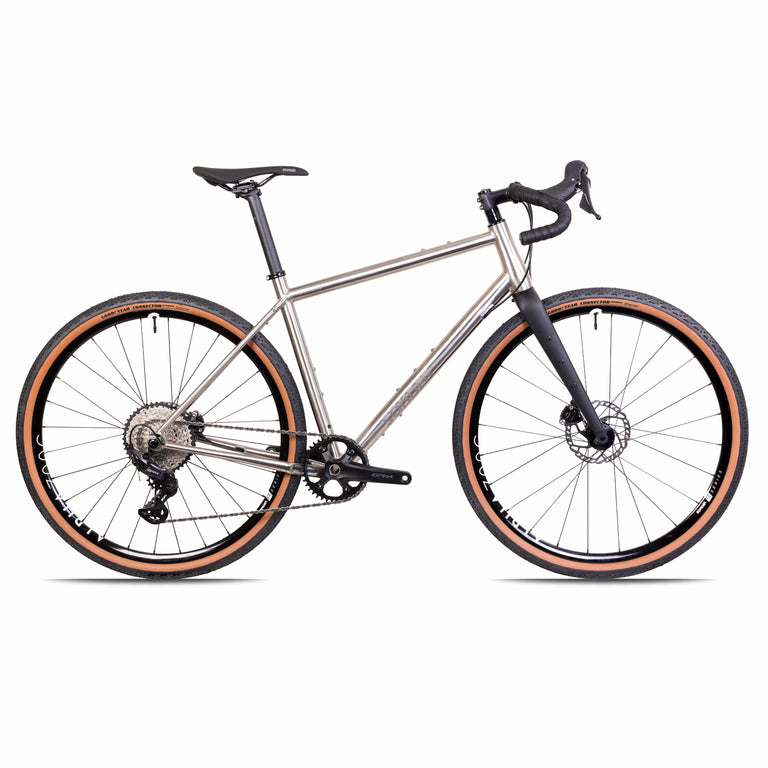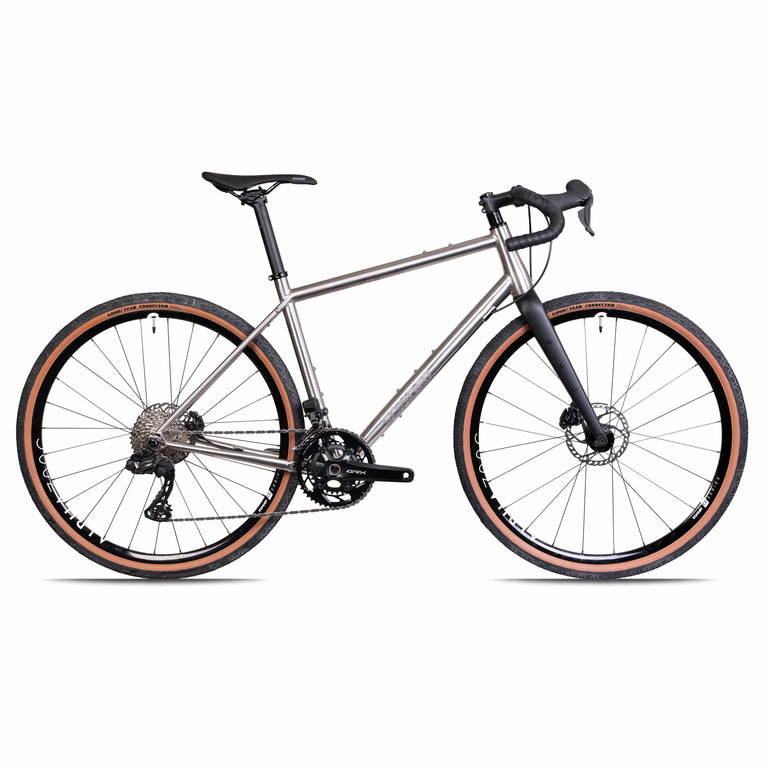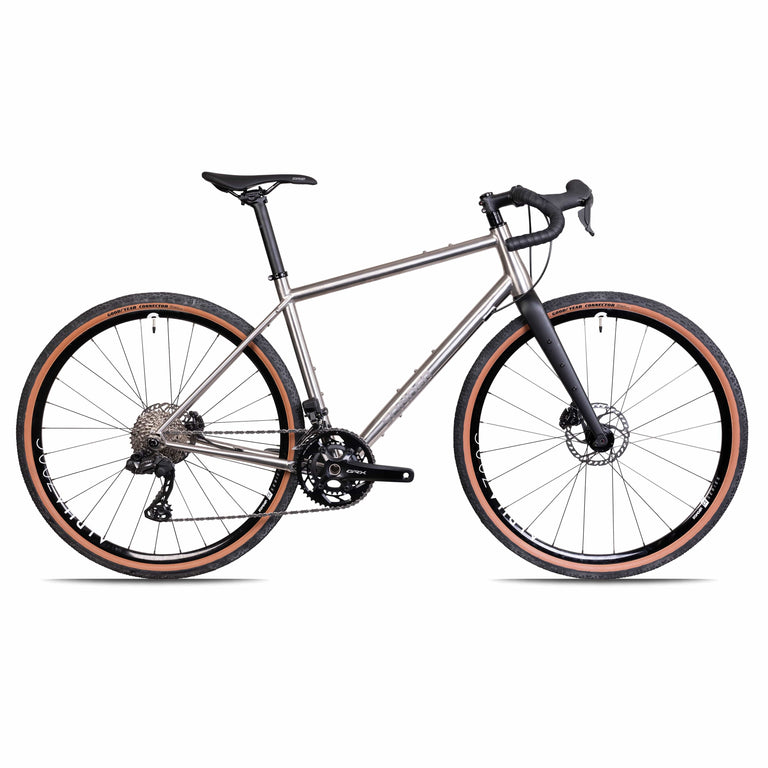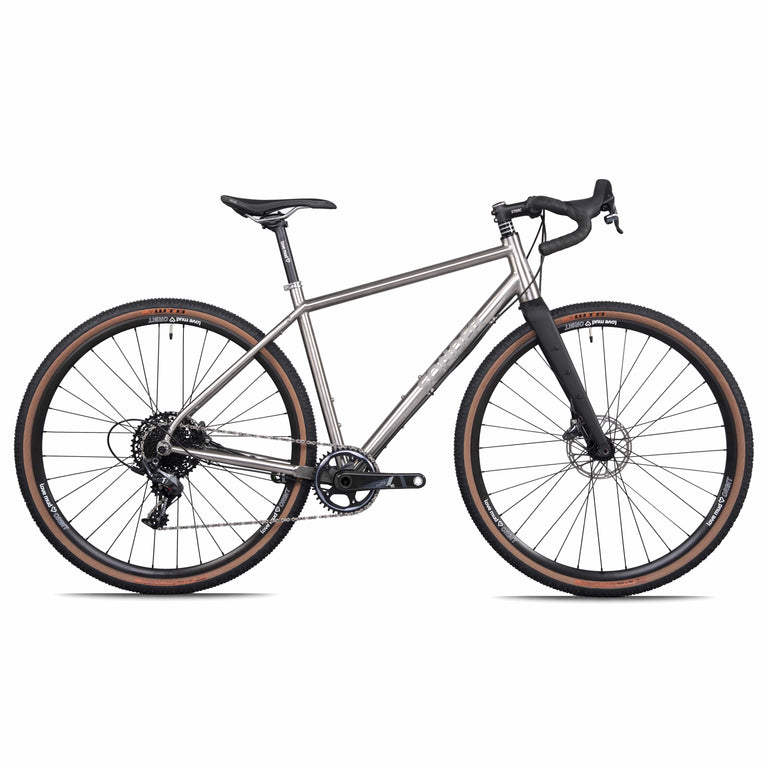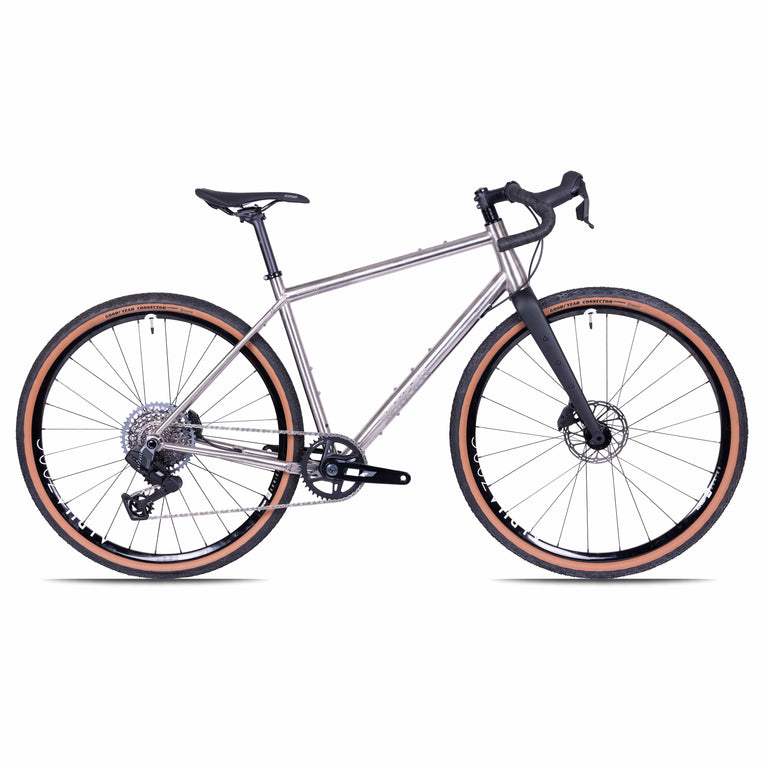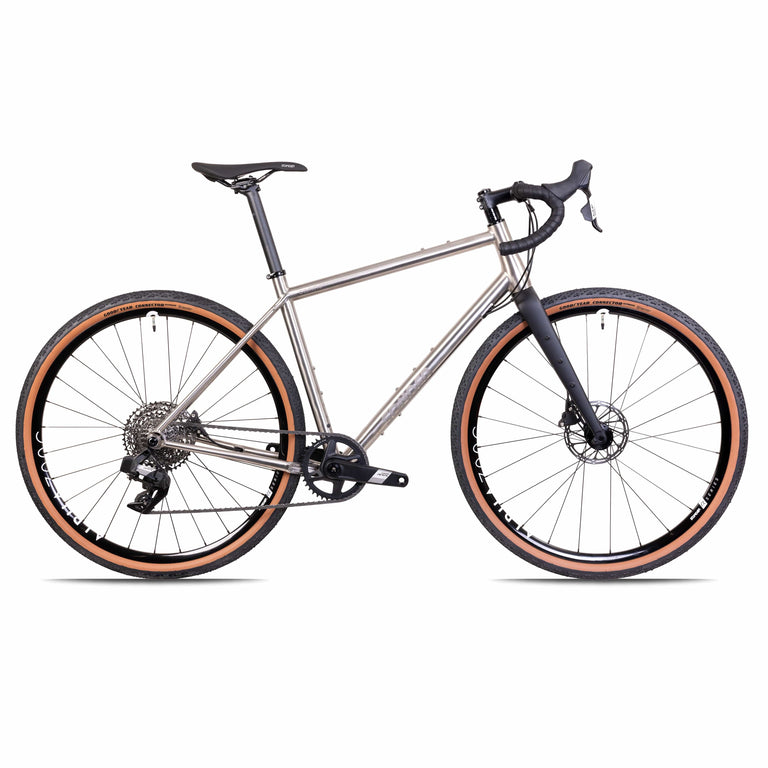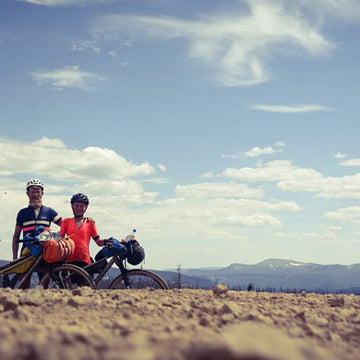Arrowhead Postscript: Reflect on the challenges conquered and the lessons learned.
Paul is fresh back from competing in the Arrowhead Ultra 135 which we featured in our February website feature. Paul is now preparing for the next challenge in his series of coldest, highest, hottest rides of the world. Jim catches up with Paul in the Carnegie Labs at Leeds Metropolitan University and took the opportunity to get the beta on his success at the Arrowhead Ultra 135.
Did you have a plan?
The snow over the past few weeks in the UK and the trip to the Alps was awesome training but nothing prepares you for the cold and the remoteness of the race. The weight limit imposed by the airlines meant I flew with my freezer tested trail mix and gels, everything else I wanted to eat I was hoping to buy there. However my race breakfast consisted of doughnuts and coffee with pretzls and peanut butter from a gas station for the trail. don’t you just love American food.
In my head I had split the race into four sections. The first section to Gateway was wide, flat and very straight trail with a few twists and turns towards the end. I was just going to see how things went, see how my body performed and how the bike ran in the snow. Within an hour guys were off their bikes flapping their arms trying to get warm again. Fortunately I didn’t seem to have any problems with the cold and could keep going.
How was the trail?
Although the trail was really wide, the middle had been churned up by the snowmobiles which left about a foot of good snow at the side. The guys with the big snow tyres churned up about 8 inches of this which left me 4 inches on the side of the trail. I was surprised at the concentration I had to put in to ensure I stayed on this. If I strayed onto the looser stuff my wheel would wash out and I’d have to start all over again.
What awaited you at Gateway?
There was very little banter on the trail, you pretty much had to ride wheel to wheel in a long peleton, if you wanted to over take you had to risk the loose snow as you hopped from wheel to wheel. As I rode up to Gateway there were about 15 bikes outside. Inside there was a really good vide and camaraderie. We had all got through the first stage and more importantly enjoyed the trails.
Did the trail stay flat?
From Gateway to Melgorges the trail turned into rolling hills, which turned into bigger rolling hills which turned into short sharp climbs. I had to push up and then hang a foot out on the way down to stop the bike washing out. It was dark and everything was intense. No light pollution made the stars so bright above the black silhouettes of the trees and in the distance the white line of the trail pointed towards another steep climb.
I got some welcome warm food at Melgorges and the warmth of the cabin was awesome. We had heard people were starting to drop out at Gateway and I knew I couldn’t stay long otherwise I would have succumbed to the warmth. I got back onto the trail and about half an hour later I got a flat. I was really cold and the last thing I wanted to do was take my hands out of the pogies to change the tube. I knew there were trail shelters about every eights miles and I couldn’t remember seeing one so figured I must be quite close to one. They are stocked with wood so my plan was to light a fire, get in my bag for a quick sleep and then change the flat when I had warmed up. One of the race snowmobiles told me the shelter was a little way up the trail. at 70mph I guess it was. I thought about bivvying and waiting for sunrise for some motivation to change the flat but I couldn’t face the idea of waking up to see the shelter a few metres up the trail, so I kept going.
Was the trail shelter a log cabin?
I wish. There was a running joke amongst the Alaskans that a shelter has 4 sides and a log burning stove. One with 3 sides was where you kept your horse.
How long did it take to find a shelter?
I finally got to a shelter after about 3 hours of pushing and I just kept telling myself I was getting closer to the end of the race with every step. Changing the tube was coldest thing I have ever done. All my liner gloves were damp and the only dry gloves I had left at this point were a big pair of mitts. Everything I touched stuck to me, it was so frustrating. Once I got going I still had 20 miles to go before the next checkpoint, The Cresent Bar & Grill. It took me 12 hours to cover the 40 miles from Melgorges to the Cresent Bar and Grill.
What did you feel like when you arrived at the Cresent Bar & Grill.
I was pretty beaten when I arrived there. There was a teepee set up with a roaring fire which helped with moral. I knew I was almost at the end of the race but I was shattered, I had to try and get some sleep.
Why did you bivi on the trail rather than catch some z’s in the cabin?
I could have slept in the cabin but I figured I can sleep in a cabin anytime and once you succumb to the warm environment it would have been really hard to leave and get back on it. So after a short stop to take on water I set back off up the trail again. Experiences like this are so rare you have to take every opportunity you can. I decided to bivi when I was out of site of the checkpoint. If I am ever to take part in more extreme snow races I need to know what it feels like to sleep at these temperatures.
How cold was it?
I guess it was about -30, -35 or something. I unrolled my bag, got some food out, took off my outer layers and crawled inside. Christ it was cold!! My bag although un-compressed had been on the front of the bike and was at -30 too. I was cold already and Nicks words rang inside my head, a bag won’t heat you up, you’ll heat the bag. I got speaking to the Alaskans who had a pretty sweet system going on. Inside their sleeping bag they had a prepared bag containing torch, food, dry socks, gloves and hand warmers. This meant they could quickly get inside crack the hand warmers and eat some food without wasting time finding stuff located in various bags on the bike. It’s all about experience on these races. They’re just super organised.
Did you sleep?
I tried and I guess I may have got a few minutes of sleep but it didn’t feel like it. At dawn I got out of the bag and back on the bike. 22 miles lay between me and the finish and it was pan flat, hard snow. The sun was out and I was riding in just a thermal. I was gunning it.
How did you clothing perform?
For pretty much all the race I wore my Montane Extreme Jacket and a base layer. I definitely wasn’t cold when riding and in the day when the sun came out I was actually too warm. I rode the entire race in salopettes but I think I could have got away with a thick riding tight.
Would you have change any of your kit?
My knees suffered really badly as I haven’t riden on flats for years and I got frustrated with the lack of power. The top guys all rode on spd’s with super modified footwear, kinda Shimano shoes, inside snow covers with holes in the soles and all glued together. It seemed to work really well for them. I should have stuck to flat bars too. I was hoping the Jones bars would give me loads more positions whilst riding and pushing. The longest continuous ride I have done on them was 5 hours, but after 30 on the Arrowhead my hands were numb diagonally across the palm and I still haven’t regained all feeling yet.
Was singlespeed the right choice?
I don’t do gears, singlespeed is my thing so why would I chose to ride anything else. The fastest guy on a singlespeed did it in around 23 hours or so. Most the guys on skinny tyres were riding 29ers. I was disappointed I didn’t hit my target of 24 hrs but I have learn’t so much. The top guys here basically ride snow everyday, everything is considered and paired down. You can only do this through experience.
Do you think they compromised safety over winning?
No, these guys ride in the snow all the time. Yes their gear was pretty much as light as you could get but they have everything they needed to survive the 2 or 3 hours it would have taken for a snowmobile to come across them.
What did their kit weigh?
Their gear was on the limit of the minimum compulsory weight of 15 pounds. My stuff weighed in at 19 pounds, plus bags, water and food. There is a lot to take away from this race. Nick’s tip on water was perfect. The thought of carrying that stove, fuel and pans now seems crazy.
What was it like at the finish?
The atmosphere was cool but everyone still had to be ferried the 140 miles back to the start so when I arrived the first guys back had already left. It would have been really nice to spend an evening with everyone that took part, share stories and swap experiences, but I am hooked on snow racing thats for sure.
Cheers Paul, good luck in Nepal at the Yak Attack next month.
Sonder Camino
Camino Al Apex1 Flat Bar
- SRAM Apex 12-speed groupset
- Sonder Nova I25 Gravel UK Made wheelset
Camino Al Cues
- Shimano Cues [U6030] 10-Speed groupset
- Sonder Nova I25 Gravel UK Made wheelset
Camino Al Apex1 Hydraulic
- SRAM Apex 12-speed groupset
- Sonder Nova I25 Gravel UK Made wheelset
Camino Al Apex1 AXS XPLR
- Sram Apex AXS XPLR 12-speed groupset
- Sonder Nova I25 Gravel UK Made wheelset
Camino Al GRX1 717 Di2
- Shimano GRX 717 Di2 12-speed groupset
- Sonder Nova I25 Gravel UK Made wheelset
Camino TI GRX1 Di2
- Shimano GRX 825 Di2 12-speed groupset
- Sonder Alpha I25 Gravel UK Made wheelset
Camino TI GRX2 Di2
- Shimano GRX 825 Di2 12-speed groupset
- Sonder Alpha I25 Gravel UK Made wheelset
Camino TI Rival AXS XPLR
- SRAM Rival AXS XPLR 13-speed groupset
- Sonder Alpha I25 Gravel UK Made wheelset


